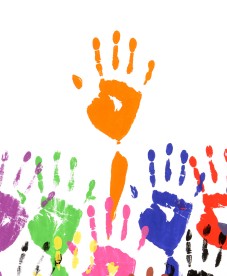Stanford University studied three San Francisco high schools where ethnic studies were part of the curriculum. They found that at risk 9th graders that participated in this course were more successful than their peers who did not enroll. Student attendance increased by 21% and grade point averages increased nearly a grade and a half due to their enrollment in a course solely committed to the examination of race and ethnicity. The study confirms a growing narrative that “culturally relevant” instruction is a critical component for at-risk students of which most are young people of color.
Thought leaders Mauricio Valasquez and Kecia Thomas claim that the validation of someone’s culture in the workplace can drive high levels of engagement as well. When culturally diverse employees can:
• Look at their leadership and see someone who looks like them.
• Make a mistake and know that it will not impact the future of others like them.
• Seek information or feedback and not fear that they will be labeled needy or incompetent.
• Feel confident that their institution has the best interest of people like them in mind.
• Ask to speak to the person in charge and feel confident they will meet with someone from their group.
• Make a complaint or seek justice without having their group membership called into question.
There are other workplace indicators that show whether or not someone’s culture is being recognized and embraced in the workplace. You can answer “yes” to the following questions:
• I can integrate with people of my culture most of the time.
• When the existence of my organization is celebrated, it is reinforced that people from my culture are responsible for its success.
• When I walk through my office, the interior decoration reflects my culture.
• I can give critical feedback to my colleagues and not be labeled a cultural intruder.
• I leave work every day anchored to my culture, not left out, out of place, in the minority, silenced or held at arm’s length.
• I can be assured that if I have to talk to my manager, he or she will understand my culture.
Like the 9th grade California students, their engagement took off when they heard something good about their culture. Let’s move the cultural inclusion paradigm from my way is the only way to our way. Let’s face it, the “I know their way, but my way is better” model is not working.





Leave a Reply
You must be logged in to post a comment.